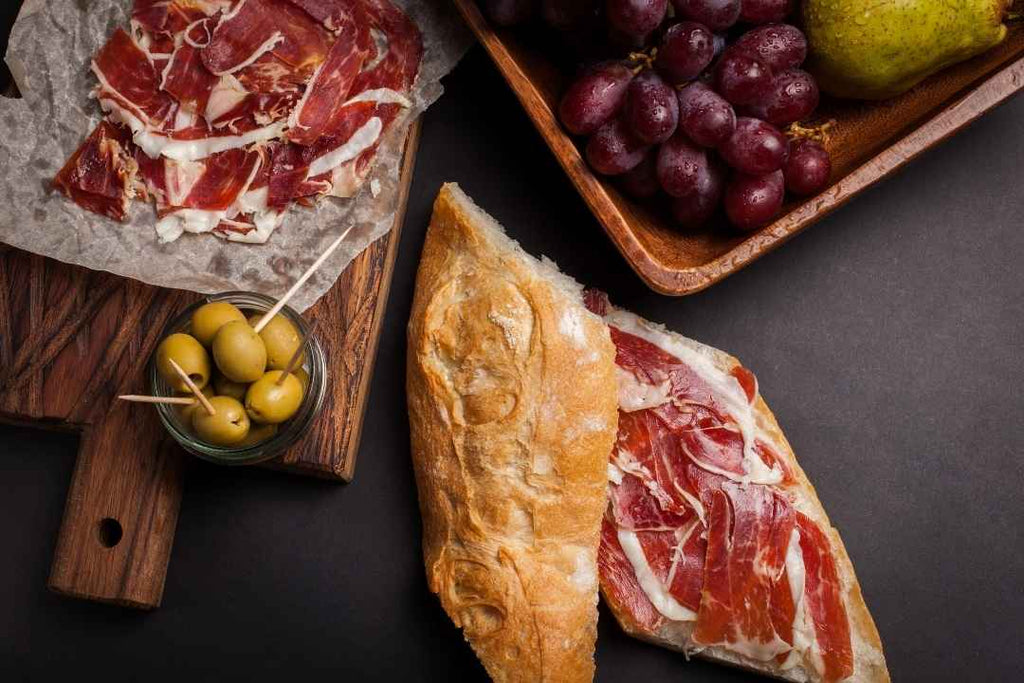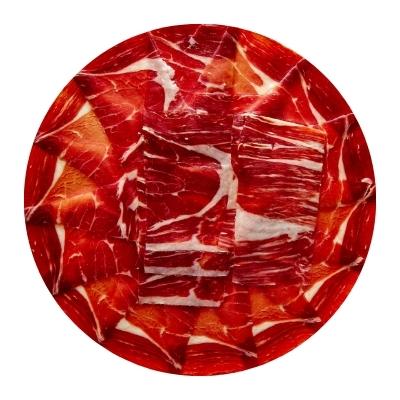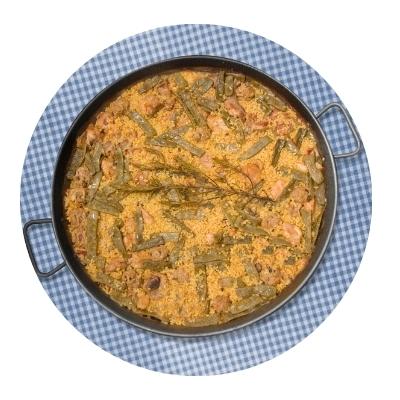Some curiosities about Iberian Ham

Pata negra ham is the star product of Spanish gastronomy. On its own merits, it has become a favorite at large celebrations, gourmet tapas or intimate dinners with family or friends. But surely you don't know everything about it, read on to find out some curiosities about pata negra ham that you may not have heard yet.
An ancient tradition?
We are used to seeing how in the gastro or foodie world new products appear every day and how many of them are disguised with a layer of tradition or striking history as a marketing strategy. In the case of ham, this tradition is not a sham, as evidenced by the fossilized ham that was found in an archaeological site in the ancient Roman city of Tarraco (today's Tarragona) dating back more than two millennia.
As if this were not enough, there are numerous ancient texts in which reference is made to Hispanic hams. Texts written by such relevant characters as Pliny the Elder or Cato. From these writings it is clear that the ancient inhabitants of the Iberian Peninsula were already experts in pig breeding and in the production of hams, which were already valued by the rest of the Roman Empire.
Why hang the ham?
Surely you have seen it on numerous occasions, hams hanging in bars, restaurants or gourmet stores. According to some sources, this custom began to be carried out during the XVI and XVII centuries, when small Christian producers hung their ham pieces at the entrance to show that they were Christians and thus differentiate themselves from Muslims.
This practice has also been maintained over time because it is beneficial for curing the ham, since it transpires much better this way. The hams are now hung to favor ventilation and eliminate excess humidity and fat.
The tapa!
You probably don't know that the term "tapa" has a lot to do with Iberian ham. The etymological origin of the word tapa comes from the Middle Ages, during the reign of Alfonso X, when during a period of illness, the royal doctor recommended drinking wine accompanied by a small portion of ham to "cover" its intoxicating effects.
The idea that in order to avoid getting drunk with wine, it was necessary to accompany it with some food spread throughout the Spanish population, as demonstrated by a law enacted by the Catholic Monarchs, by which tavernkeepers were obliged to serve some type of sausage and bread to reduce the effect of wine and beer.
Another version, also related to a king, tells that Fernando VII on a visit to Cadiz stopped in a tavern next to the beach. The strong wind characteristic of this area lifted the sand, which fell into the king's glass of sherry wine. So he asked to be served a tapa of ham to avoid the sand. The combination of ham and sherry wine was so delicious that the king asked for several more "tapas".
SHARE:





